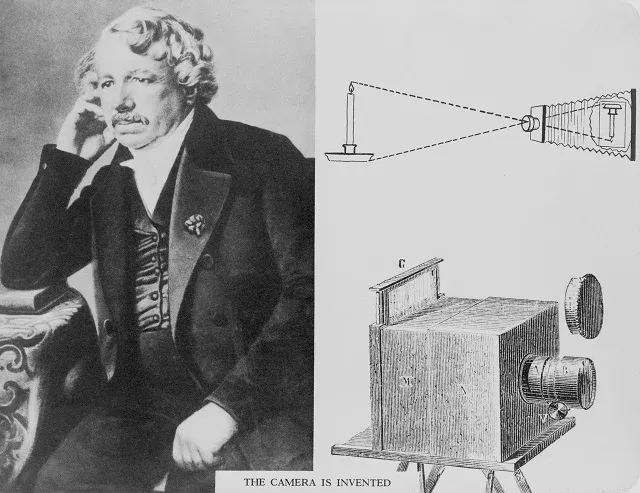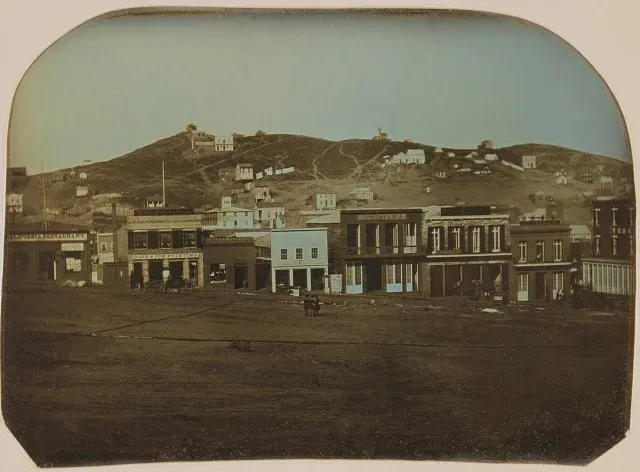The first mass-produced camera was the "Daguerreotype"

The first mass-produced camera was the "Daguerreotype" camera, invented by Louis Daguerre in 1839. This camera marked a significant milestone in the history of photography, being the first to be commercially produced and sold to the public.
The Invention and Impact of the Daguerreotype Camera
Louis Daguerre, a French artist and physicist, developed the Daguerreotype process, which was a method of creating a photographic image on a silver-coated copper plate. The process involved several steps:
- Preparation of the Plate: The copper plate was polished to a mirror finish and then coated with silver. It was then exposed to iodine vapors, forming a layer of light-sensitive silver iodide on the surface.
- Exposure: The plate was placed inside the camera and exposed to light. The exposure time could vary from a few minutes to over half an hour, depending on the light conditions.
- Development: After exposure, the plate was developed by exposing it to mercury vapors. This process made the latent image visible.
- Fixing: The image was then fixed using a solution of sodium thiosulfate (commonly known as hypo), which removed the unexposed silver iodide, leaving behind a permanent image.
- Rinsing and Drying: The plate was thoroughly rinsed to remove any residual chemicals and then dried.

Commercial Success and Legacy
The Daguerreotype process quickly gained popularity because it produced images with a high level of detail and clarity, something that was previously unattainable. It was particularly popular for portrait photography, and many studios across Europe and America began offering Daguerreotype portraits.
The invention of the Daguerreotype camera and process was significant for several reasons:
- Accessibility: It made photography more accessible to the general public, allowing ordinary people to have their portraits taken.
- Permanence: The images produced were durable and could last for many years if properly cared for.
- Artistic Impact: It influenced the field of art, as artists and photographers began exploring new creative possibilities with this medium.

Despite its success, the Daguerreotype process had some limitations, such as long exposure times and the inability to produce multiple copies from a single image. These limitations were eventually overcome with the development of new photographic processes, such as the calotype and the wet plate collodion process.
The Daguerreotype camera was a pioneering invention that laid the foundation for modern photography. Its commercial production and widespread use marked the beginning of a new era in visual documentation and artistic expression. Louis Daguerre's contribution to photography remains a pivotal moment in the history of this art form, influencing countless photographers and shaping the way we capture and remember moments.



